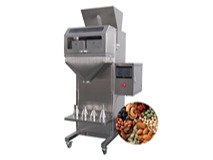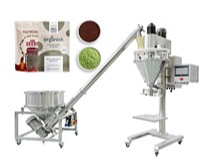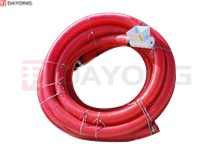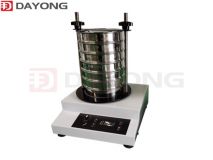Common factors of vibrating screen blockage
1. There are many irregular flake materials. In the production process, it must be crushed before screening, and during crushing, there may be more flake materials due to the characteristics of the materials or other factors, which will result in poor penetration of the screen during screening. At the same time, the cross-stacking of flake materials also prevents other materials from passing through the screen and forms a blocking net.
2. Contain a lot of materials close to the critical point of the screen aperture. The critical point material, that is, the particle size of the material is almost the same as the aperture size of the screen. During the screening process, the screen cannot be smoothly passed, resulting in blockage.
3. The particularity of materials. Generally speaking, dry, fluid materials have a higher penetration rate when sieving, while wet, viscous, light specific gravity, static and other materials have relatively poor sieving penetration rates. Especially for sticky materials, the materials will stick to each other to form a mass, and will stick to the screen to cause blockage.
4. The selected screen is inappropriate. If the screen aperture is too small or the wire diameter of the woven screen is too thick, it will cause the vibrating screen to block the screen.
The above are several common factors that cause the screen to block the screen. If the screen is blocked during the production process, you can compare the above factors to find the cause and solve the blockage.





 (Live chat)
(Live chat)



_213x160.jpg)

 +86-373-3669005
+86-373-3669005 sale@dyvibratingscreen.com
sale@dyvibratingscreen.com +86-373-3669006
+86-373-3669006 From West Room 5, 1st Floor, Building 18, Huilong Yangguang Mingyuan, New District, Xinxiang, Henan, China (Mainland).
From West Room 5, 1st Floor, Building 18, Huilong Yangguang Mingyuan, New District, Xinxiang, Henan, China (Mainland). Your Position:
Your Position:


